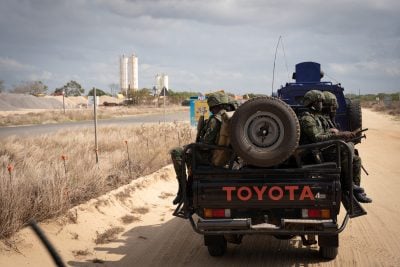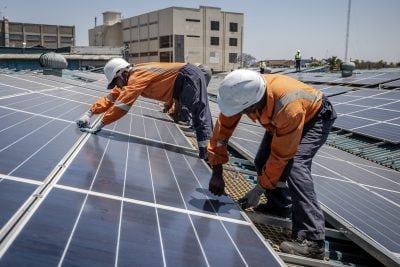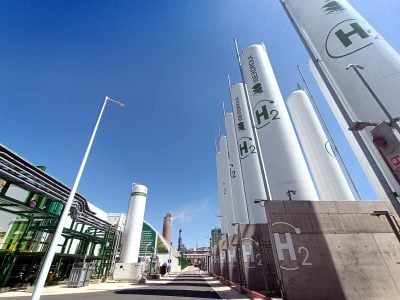After years of doubt and delay, South Africa’s state-owned transport utility Transnet is holding talks with coal mining companies that want to develop projects in the Waterberg Basin.
Until now, the miners have been waiting for Transnet to put rail capacity in place, while Transnet had wanted assurances on projected volumes. Recovering coal prices may have forced both sides to the table.
South Africa’s coal industry is currently based on mines in Mpumalanga Province, which is connected to the country’s main coal port, Richards Bay Coal Terminal (RBCT), by rail. However, output on some mature mines is falling and so a large proportion of production is likely to switch to the Waterberg Basin in Limpopo Province.
The process had been delayed by lower international demand but big rises in the price of both thermal and coking coal over the past twelve months has reinjected some urgency into the process. Transnet’s commercial general manager Divyesh Kalan announced that discussions with mining firms over transport capacity had begun.
He said: “We sought to establish whether these projected volumes were, in fact, realistic and what timeframes they had in mind to bring this coal to market. We reviewed companies’ prospecting and mining rights, as well as their resource and reserve statements.”
The rail route in question runs from Lephalale to Thabazimibi and then on to Richards Bay. The track is already in place but had very limited capacity until very recently because of the line’s limitations, particularly the long sections of single track, and the lack of rolling stock.
However, the completion of a second line at Matlabas created a 1.8km passing loop that allows Transnet Freight Rail (TFR) to operate longer trains on the line. It can now carry 2m tonnes a year but TFR plans to increase this to 6m tonnes a year within 18 months as it increases the number of services. In the longer term, this will rise to 10m tonnes a year and eventually 24m tonnes a year by 2025.
However, this will require TFR to either switch locomotives and wagons from Mpumalanga to the Waterberg or buy new rolling stock. Such a big commitment will require binding long-term contracts, probably on a take-or-pay basis.
Despite the medium term fall in export demand, Transnet CEO Siyabonga Gama has reiterated his company’s plans to increase its total coal rail handling capacity to 110m tonnes a year. However, it is almost certain to diversify its dependence on the key Mpumalanga-RBCT route.
Apart from the new Waterberg-RBCT services, it has increased the number of coal trains it runs to Matola Coal Terminal from five to 20 a week over the past year. Matola is part of the Port of Maputo in Mozambique.
RBCT could also compete with ports in Namibia and Mozambique for coal exports from Botswana. New railways from the Botswanan coal fields to the east and west coasts are planned but the landlocked country is already connected with the South African rail network.
Domestic consumption
Much has been made of the impact of higher international prices on South African coal production. Yet it is easy to overlook the role of domestic demand.
The South African power sector is experiencing profound changes at present, with the development of large solar photovoltaics, solar thermal and wind power sectors. However, new coal-fired plants have also increased demand for South African coal.
On 20 February, energy analysts Platts forecast prices of $70 per tonne for thermal coal shipped out of Richards Bay over the subsequent month, while Glencore sold it to domestic customers for $99 per tonne. XMP Consulting senior analyst Xavier Prevost: “Inland prices are increasing a lot and export prices, regardless of what some analysts say, are not going to be good in the long term.”
South Africa consumed 181m tonnes of coal last year, two-thirds of which went to the power sector, in comparison with exports of 72.8m tonnes. Miners make considerable savings on the cost and inconvenience of shipping coal.
However, it is not always easy to switch production between the export and domestic markets, as miners have take-or-pay contracts with TFR, which means that they must pay for rail capacity whether they use it or not.
Neil Ford
Want to continue reading? Subscribe today.
You've read all your free articles for this month! Subscribe now to enjoy full access to our content.
Digital Monthly
£8.00 / month
Receive full unlimited access to our articles, opinions, podcasts and more.
Digital Yearly
£70.00 / year
Our best value offer - save £26 and gain access to all of our digital content for an entire year!
 Sign in with Google
Sign in with Google 


